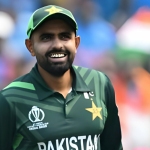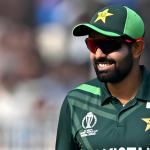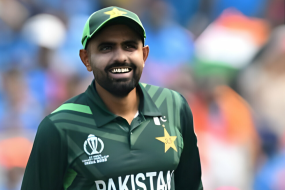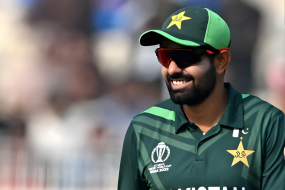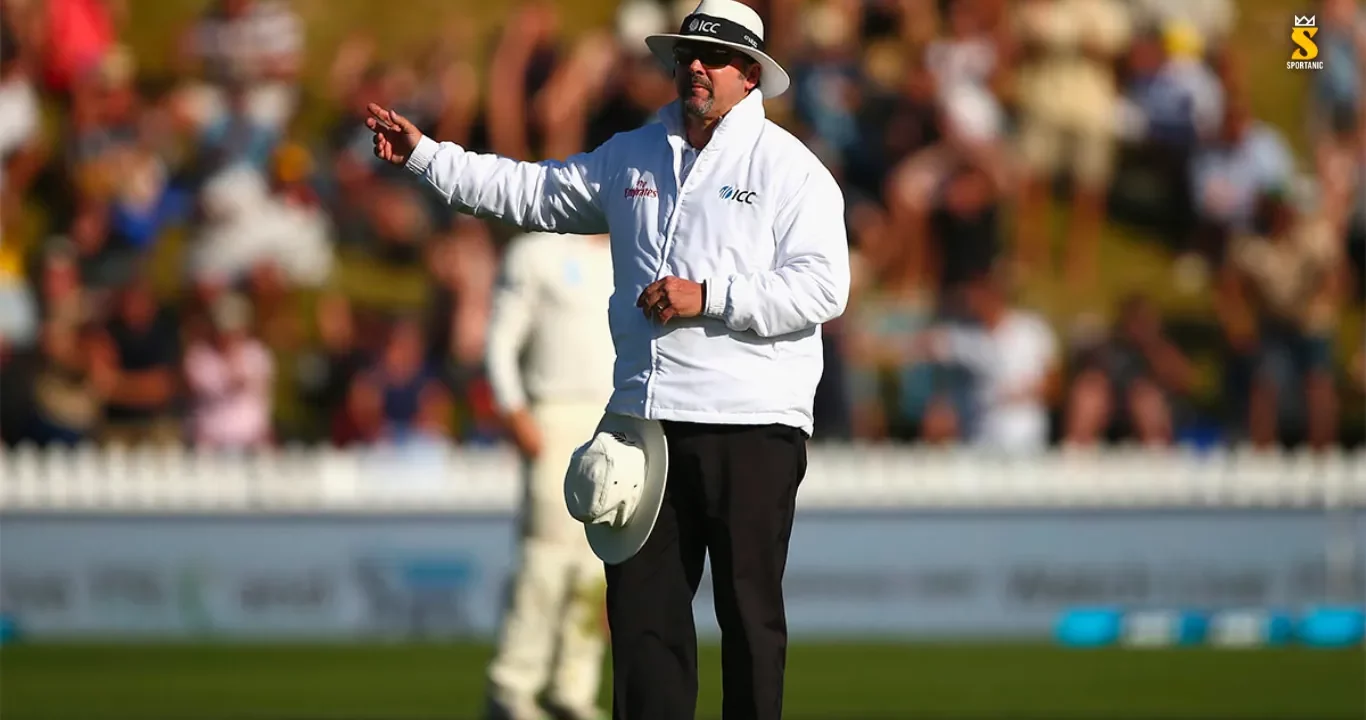
From the highest levels of international competition to local park games, cricket has an undeniable appeal that draws people in. But who loves the game of cricket? Is it the first-class players who compete for trophies, prize money, and contracts, or is it the dedicated cricketers who play on parched pitches in the park, with only a cold drink as a reward? Since the start of the 21st century, cricket has evolved pretty much as everything has. The love for the game of cricket has been directly influenced by the pace of play. In this article, we’ll explore the thoughts of former Australian cricketer Ian Chappell on this topic and delve into the importance of the pace of play in cricket.
The Calculated Enjoyment of First-Class Players
According to Ian, first-class players love the game of cricket in a calculated manner. While they may change their approach based on the financial incentives offered by the sport, they must love the game to play it at a decent level. However, their enjoyment is focused on chasing trophies, prize money, and contracts. In contrast, dedicated cricketers who play in the park are motivated purely by their love for the game, without any financial incentives. Leagues like IPL, PSL, BBL, etc are the perfect examples of this. Hence, the pace of play doesn’t matter at that level of cricket. The fan following is limited, which decreases the factors.
Also Read: What is Impact Player Rule in IPL?
The Importance of Pace of Play
Both first-class players and dedicated cricketers can agree that the pace of play in cricket is crucial. Spectators want to see plenty of playing action, and cricket can sometimes be slowed down by various factors. For example, players may adjust their gloves every ball, and chat with their batting partner in the middle of over, or down unofficial drinks, which can be frustrating for fans.
To address this issue, Ian Chappell suggested that umpires should be empowered by administrators to ensure that cricket keeps moving at an acceptable speed. While other sports, like baseball, rugby league, and tennis, have implemented timers to speed up games, cricket has been slow to adopt such measures. Umpires should have the license to insist that players don’t purposefully waste time, and the judicial system should back them up. The over-rate penalty was a great step in this regard, but there should be more scrutiny for delaying the game.
The Role of Administrators in the Pace of Play in Cricket
While players can do their part to keep the game moving, administrators also play a crucial role in ensuring that the pace of play is maintained. The use of technology, such as the DRS and replays to decide boundaries, can slow down the game. Additionally, sight-board advertising and poorly thought-out rules, like the front-foot no-ball law, can also contribute to slower play.
“Get on with the bloody game”, Chappell argued in his column that administrators should focus on producing an entertainment package that considers the paying spectator. Test matches being completed within the allotted time frame should not be an acceptable excuse for tardy over-rates. The pace of play and over rates are crucial issues that can impact the overall entertainment value of cricket matches.
Conclusion
The pace of play is a crucial factor that can impact the enjoyment of the game for players and spectators alike. Umpires should be empowered to keep the game moving, and administrators should consider the paying spectator when making decisions that impact the pace of play. By addressing these issues, cricket can continue to capture the hearts of fans around the world for generations to come. Ian Chappell’s observations have been to the point in this regard.

